Finally! The moment has arrived: Leading nutritionists reveal the top 15 health, food and wellbeing trends we are likely to go crazy for in 2017…
1 Essential oils make a big comeback

Shona Wilkinson, Nutritionist at superfooduk.com says, “Essential Oils have been around for many years, but have been forgotten about. Their return is in line with the 2017 theme of ‘natural’ and ‘holistic’ products.”
Nutritionist Cassandra Barns adds, “Essential oils are among the simplest natural remedies. We’re rediscovering how they can help with a plethora of modern ailments including stress and anxiety, mood, sleep and even hormonal balance.”
Skincare expert Sonja Dymalowski says “Essential oils are packed with vitamins, amino acids and antioxidants so they won’t dry your skin. Instead, they can smooth fine lines and heal blemishes at the same time.”
2 Tiger nuts
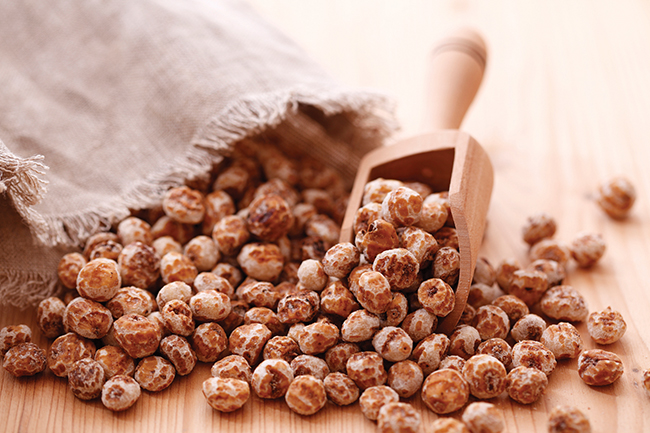
Tiger nuts are not from tigers, and they’re not nuts. In fact, tiger nuts are a small root vegetable that grows in the Mediterranean and Africa. They’re a traditional food in these areas and may even have been eaten as far back as the Stone Age! Tiger nut milk is also a traditional drink in Spain.
Cassandra says, “Tiger nuts are commonly found in the form of tiger nut flour – a great alternative gluten-free, grain-free flour that can be used in baking or cooking and that’s suitable for all types of diets from vegan to paleo to nut-free. Tiger nuts are high in fibre and contain calcium, iron, magnesium and potassium, amongst other valuable nutrients.”
3 Omega 3 from algae
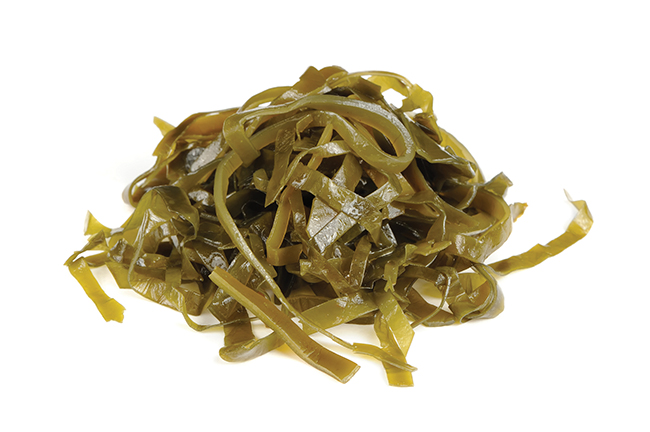
Along with the 2017 trend of all things ‘natural’, there are themes of ‘environmentally friendly’ and ‘sustainability’. With this in mind, along with the rising popularity of vegan diets, the market for omega 3 from algae is only likely to increase.
Shona says, “We know that there is a real concern about the sustainability of fish due to over farming of our oceans. Omega 3 from algae allows us to have the benefits of the nutrient without affecting our fish stock.”
“We understand the importance of omega-3 fatty acids, but for veggies and vegans, getting a source of these healthy fats can be a problem. Algae can provide small amounts of these omega-3 fats that can be found concentrated in supplement form,” says Cassandra.
4 Probiotic water

We’ve seen probiotic yoghurts and probiotic supplements of course – and even probiotic chocolate has found a niche in the market. Now probiotic water is proving popular too, as another way to naturally help our gut. Shona says, “Tablets are out. Different ways of getting our supplements are in. Food and drink are becoming functional – this trend is an example of how we can get the goodness of water with the added health benefits of probiotics.”
5 Chewable probiotics for dental care

People are getting more and more concerned about their teeth and their dental health. One way to help prevent any infections and the build up of bacteria is by taking probiotics in a chewable form. Cassandra explains, “As well as taking care of our intestinal health, friendly bacteria also live in our mouth and help to take care of our teeth and gums too. For this reason, chewable probiotics could help to keep our oral health in check.”
6 Goat’s meat

“While goat’s cheese and milk are pretty popular, it’s hard to find goat’s meat in any of our local supermarkets. However, there has been recent talk that Waitrose and Sainsbury’s may soon have goat meat available on their shelves,” says nutritionist Lily Soutter.
Cassandra says: “Goat meat is a healthy option. It’s low in fat and higher in protein than some meats and it’s also higher in iron than beef, pork or lamb. What’s more, eating goat meat can be considered an ethical choice too. Goats are farmed primarily for their milk and so most male goats are killed at birth. Creating a market for goat meat will allow the male goats to live a decent life as they are reared for their meat.
7 Everything sparkling! Including teas
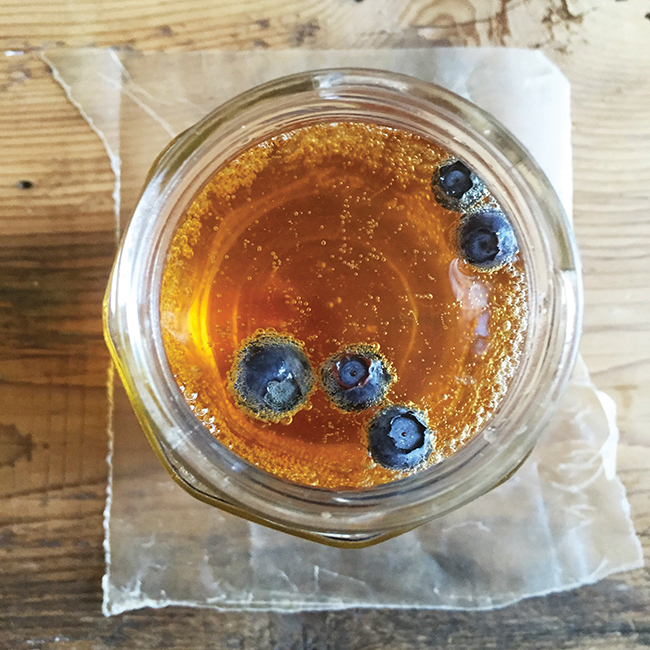
Drinks with a fizz are gaining popularity by the day. Cassandra says, “Thanks to Champagne, the word ‘sparkling’ is associated with celebration and luxury.” No wonder that sales of prosecco have shot up by 80% over the last 5 years!”
This trend is being translated into health drinks too. “We now have sparkling sugar-free infused water, as well as sparkling matcha tea. 2017 may just bring this trend to a whole new level,” Lily says.
8 Super spices
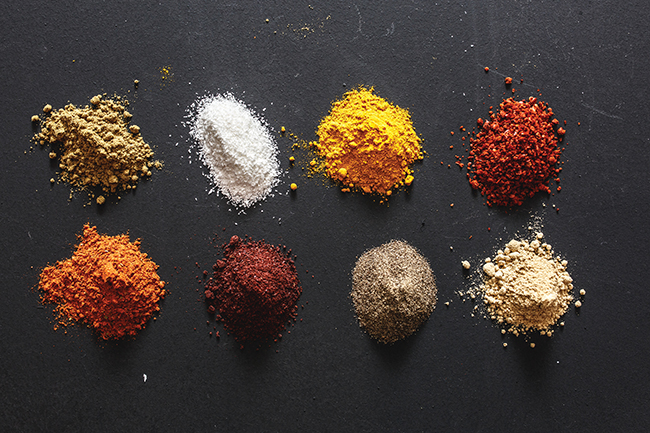
‘Superfood’ has become the biggest buzzword in the health food industry. However, after years of avocado and quinoa reigning, it’s time to pass the crown to… super-spices! With turmeric being one of the most powerful, it contains curcumin, which has potent antioxidant and anti-inflammatory properties. Curcumin has also been shown to help relieve the pain of arthritis, injuries and even dental procedures. Lily Soutter, nutritionist and weight loss expert at lilysoutternutrition.com says, “This bright yellow spice is best known for it’s potent anti-inflammatory benefits. It is the curcumin within turmeric, which has been used to treat inflammatory conditions like arthritis, as well as playing a role within cancer prevention and protecting against heart disease.”
Are you trying to detox? Spice up your dishes with turmeric to help the liver function properly. “It stimulates production of bile by the gallbladder that is used by liver to filter and expel toxins. You can also take turmeric supplements with the active curcumin for similar effect,” says Cassandra.
9 Purple foods

The future of modern cuisine is purple! Why? They pack a powerful disease-prevention-punch! Lily explains that, “Purple kale, purple carrots, purple cauliflower, purple broccoli and the purple potato are all amazingly rich in anthocyanins. Anthocyanins are the antioxidant responsible for their purple colour and have amazing disease-fighting properties. They can soothe inflammation as well as boost immune function. Lastly, anthocyanins have also been shown to improve memory and brain function.”
10 Filipino cuisine
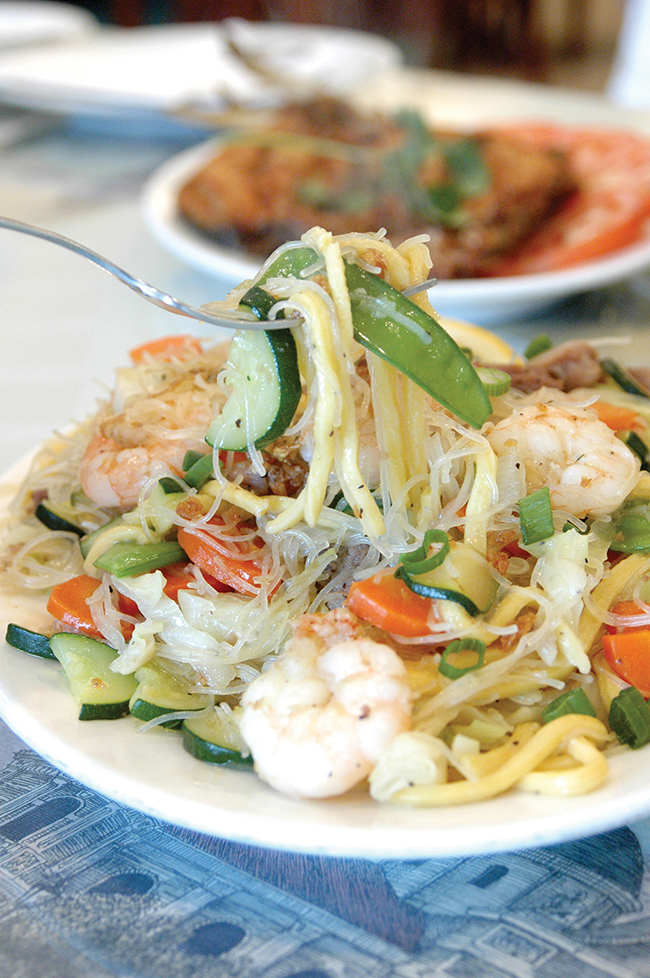
While Thai and Vietnamese foods are known throughout the Western world, Filipino food has been slower to catch on. However, this may all change during 2017, where the Filipino cuisine is set to become more popular. “There are many healthy and flavoursome choices available such as Paket – a vegetable dish full of spices, adobo – meat marinated in vinegar and soy sauce, Ginataang – a fish stew, roasted lemon grass chicken as well as Tortang Talong – an aubergine and egg based breakfast,” says Lily.
11 Sunflower protein powders

With more and more people going vegan, plant-based protein powders have already started flying off the shelves. Shona explains “We need protein for many reasons – not only for our muscles, but it’s also required for building, healing and repairing most of the other tissues – as well as producing a range of substances such as antibodies and hormones. Because the richest sources of protein are animal foods, some may struggle to get enough protein. For optimal wellbeing, an adult needs a minimum of 0.8-1g protein per kilo ‘ideal’ body weight per day. So if your healthy body weight is 60kg, you’ll need around 50-60g of protein. And this amount increases if you’re very active, or trying to build strength.”
12 Watermelon water as new coconut water
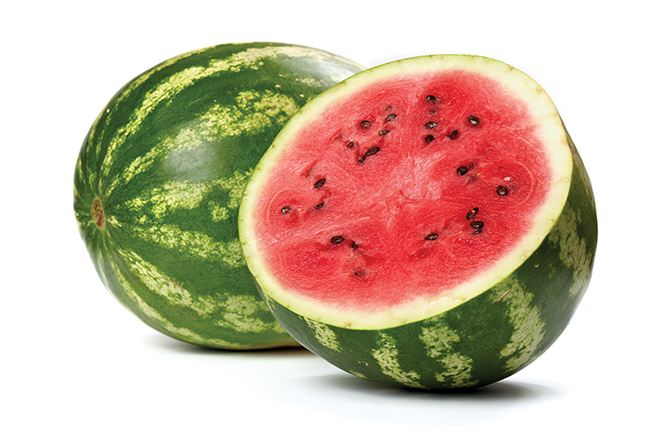
Watermelon water is simply taken from the whole juice of a watermelon. Cassandra says, “Like coconut water, it contains natural electrolyte minerals. It’s especially high in potassium, which has the benefit of keeping our blood pressure in a healthy range. It also contains lycopene – one of the most powerful and protective antioxidants found in plants.”
Even though it’s healthy and delicious, Shona warns, “It is also naturally high in sugar.”
13 Meet adaptogens
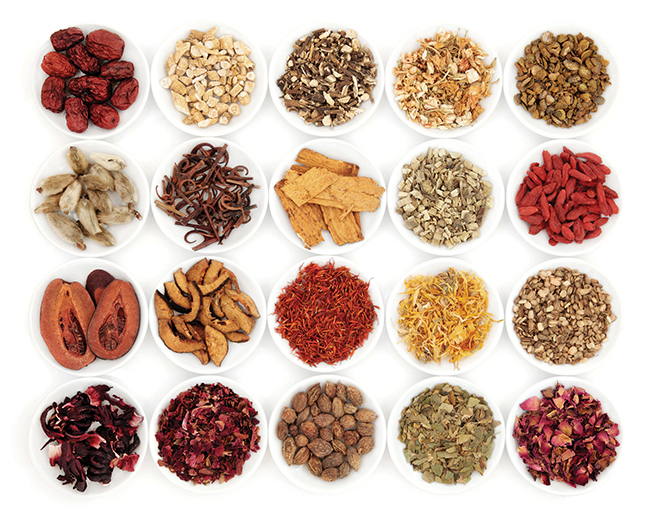
Some plants have superpowers that can help our body adapt to and handle stress. These wonders are called adaptogens and include maca, ginseng, licorice, rhodiola and moringa. Adaptogenic herbs have been used for centuries in Ayurvedic and traditional Chinese medicine to boost energy and increase resilience in the face of stress. Shona explains why they are making a big come back, “As their name suggests, adaptogens are herbs that help the body to adapt to the stresses of life. They are tonifying to the body, strengthening it, rebuilding it and nourishing it. Adaptogens are able to ‘adapt’ their function, specific to what our body needs. They usually have a specific affinity for the adrenals and the endocrine glands, therefore having a positive effect on hormonal balance and the way the body functions under stress.
Cassandra adds, “An easy analogy would be to describe adaptogens like a thermostat. They will increase the temperature if it is too low, and also decrease the temperature if it is too high. They aim to normalise imbalances in the body. As they generally support adrenal function, they can calm you down, and boost your energy levels, all without being overstimulating. They are able to ‘normalise’ imbalances in the body. When supporting the adrenals, the adverse effects of stress are reduced. Adaptogens enable the body to access more cellular energy and utilise oxygen more efficiently; while increasing the metabolism of cells and allowing them to eliminate greater amounts of toxic by-products.”
14 Scandinavian approach

Most of us need a better work-life balance. Stress is a primary cause of ill health, both short and long-term. In the UK, many of us work more than a 40-hour week. Lily says, “Scandinavian countries are renowned for their amazing work-life balance. Sweden has a six-hour workday during winter, allowing employees to leave work before dark, and have more time to rest. Shorter working hours may potentially boost morale and health among employees, which can ultimately increase work productivity.”
Cassandra adds, “By law employees have to take 25 days paid leave. We can hope that similar policies are taken up here!”
15 Cauliflower in all forms
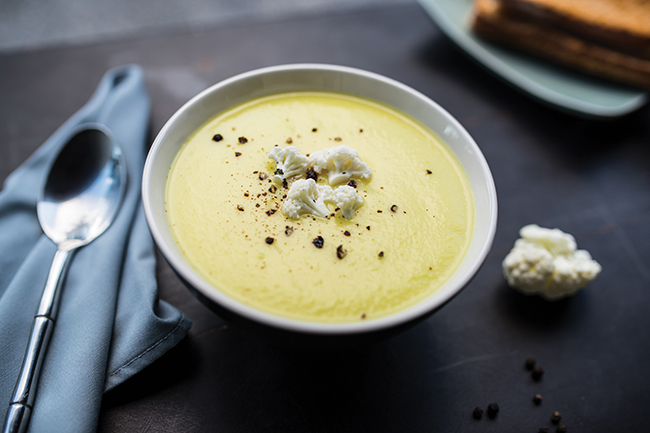
Cauliflower is amazingly versatile. Cassandra says, “You can pulse raw florets in a food processor to make cauliflower ‘rice’, steam it and blend to make a delicious mash, or just remove the leaves, shove it in the oven and bake it whole. It’s low in carbs and calories and high in fibre, vitamin C, folate and potassium. It also contains compounds called glucosinolates, which are thought to have anti-cancer activity.”
